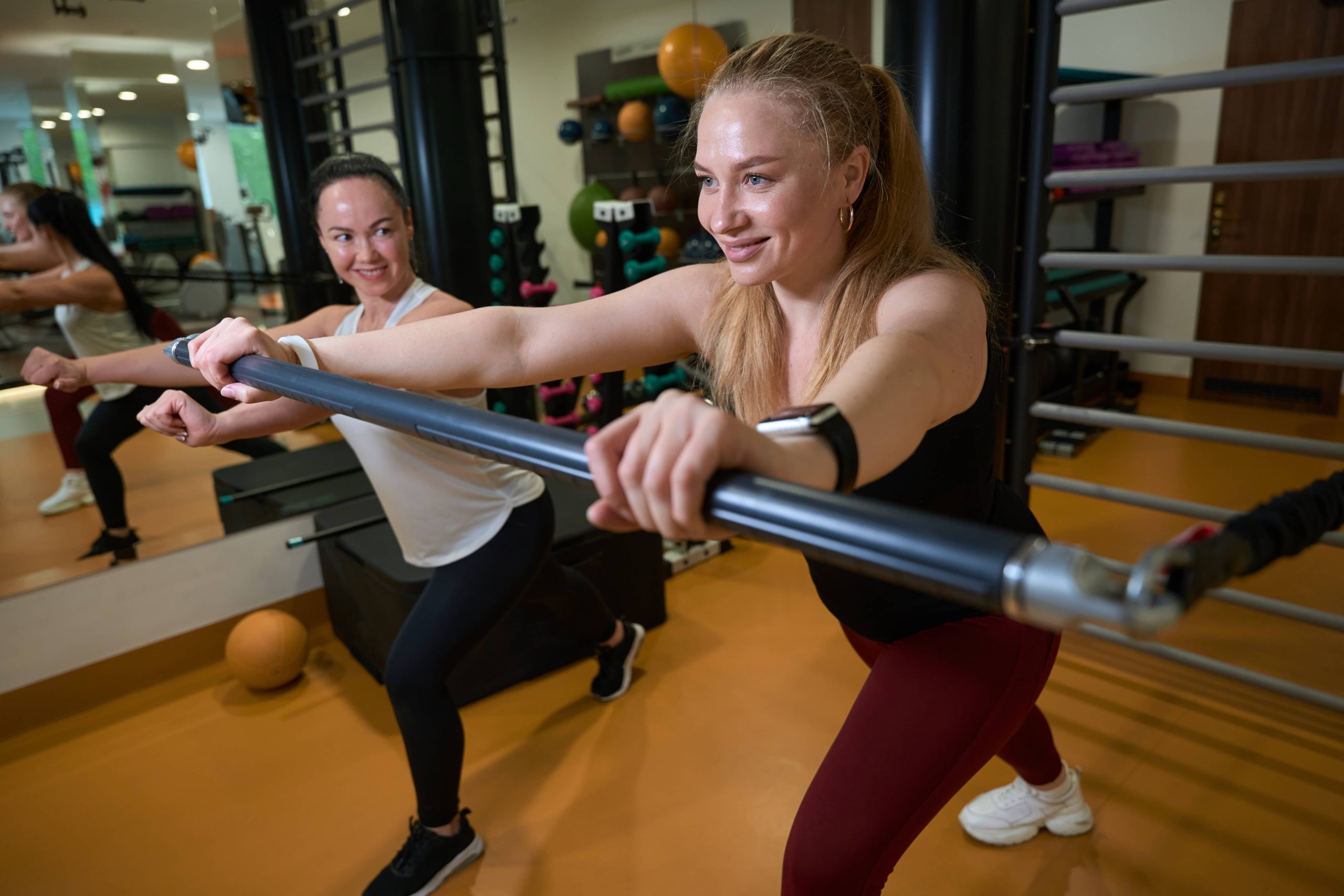
In the realm of fitness, flexibility is often an overlooked component, overshadowed by the more glamorous aspects of strength and endurance. However, mastering flexibility is crucial for unlocking peak performance and elevating your game, whether you’re an athlete, a weekend warrior, or someone simply looking to improve their overall health. This blog post will delve into the importance of flexibility, how it enhances performance, and practical ways to incorporate flexibility training into your routine.
Understanding Flexibility
Flexibility refers to the ability of your muscles and joints to move through their full range of motion. It is a key component of physical fitness, alongside strength, endurance, and balance. Flexibility is not just about being able to touch your toes or perform a split; it is about maintaining the functional range of motion necessary for daily activities and athletic performance.
The Importance of Flexibility in Fitness
1. Injury Prevention: One of the most significant benefits of flexibility is its role in injury prevention. Flexible muscles and joints are less prone to strains and sprains. By improving your range of motion, you reduce the risk of injuries during physical activities.
2. Enhanced Performance: Flexibility can directly impact your performance in various sports and physical activities. For instance, a flexible athlete can achieve greater strides in running, more powerful swings in golf, and more fluid movements in dance.
3. Improved Posture and Balance: Flexibility helps maintain proper posture by allowing the body to align correctly. It also enhances balance, which is crucial for activities that require stability and coordination.
4. Reduced Muscle Soreness: Stretching and flexibility exercises can help reduce muscle soreness after workouts by promoting blood flow and aiding in the removal of lactic acid.
5. Increased Blood Flow and Nutrient Delivery: Flexibility exercises, such as stretching, increase blood flow to the muscles, which helps deliver essential nutrients and oxygen, promoting recovery and growth.
How to Incorporate Flexibility Training
Incorporating flexibility training into your fitness routine doesn’t have to be complicated. Here are some practical ways to get started:
1. Dynamic Stretching: Before engaging in any physical activity, perform dynamic stretches to warm up your muscles. These stretches involve movement and help prepare your body for exercise. Examples include leg swings, arm circles, and torso twists.
2. Static Stretching: After your workout, engage in static stretching to cool down and improve flexibility. Hold each stretch for 15-30 seconds, focusing on major muscle groups. Examples include hamstring stretches, quadriceps stretches, and shoulder stretches.
3. Yoga and Pilates: Both yoga and Pilates are excellent for improving flexibility. They incorporate a variety of poses and movements that stretch and strengthen the muscles, enhancing overall flexibility and balance.
4. Foam Rolling: Foam rolling, or self-myofascial release, is a technique that helps release muscle tightness and improve flexibility. It involves using a foam roller to apply pressure to specific areas of the body, helping to break up knots and increase blood flow.
5. Consistency is Key: Like any other aspect of fitness, consistency is crucial when it comes to flexibility training. Aim to incorporate flexibility exercises into your routine at least 2-3 times a week for optimal results.
Tips for Effective Flexibility Training
– Listen to Your Body: Flexibility training should never be painful. If you feel pain during a stretch, ease off and try a gentler approach.
– Breathe Deeply: Breathing deeply during stretches helps relax the muscles and increase the effectiveness of the stretch.
– Focus on All Muscle Groups: Ensure you are stretching all major muscle groups, not just the ones you use most often. This helps maintain balance and prevent imbalances.
– Set Realistic Goals: Flexibility improvements take time. Set realistic goals and track your progress to stay motivated.
The Mind-Body Connection
Flexibility training is not just about physical benefits; it also has a profound impact on mental well-being. Stretching and flexibility exercises can help reduce stress, improve mood, and enhance mental clarity. Practices like yoga and Pilates emphasize the mind-body connection, promoting mindfulness and relaxation.
Conclusion
Mastering flexibility is a vital component of achieving peak performance in fitness. By incorporating flexibility training into your routine, you can enhance your athletic performance, prevent injuries, and improve your overall quality of life. Remember, flexibility is not a destination but a journey. Embrace the process, stay consistent, and enjoy the myriad benefits that come with a flexible body and mind. Whether you’re an athlete or someone looking to improve your general fitness, unlocking the power of flexibility will undoubtedly elevate your game.
